Delivering true see-through optics
at a price no one can beat
Invent More. Compromise Less.
Invent More.
Compromise Less.
Our designs allow partners to build devices and experiences
that fit smartly into people’s lives.
- Most efficient waveguides in the market
- Socially acceptable low eye glow
- Daylight bright for indoor/outdoor use
- Hardware at the speed of software

4TH GENERATION
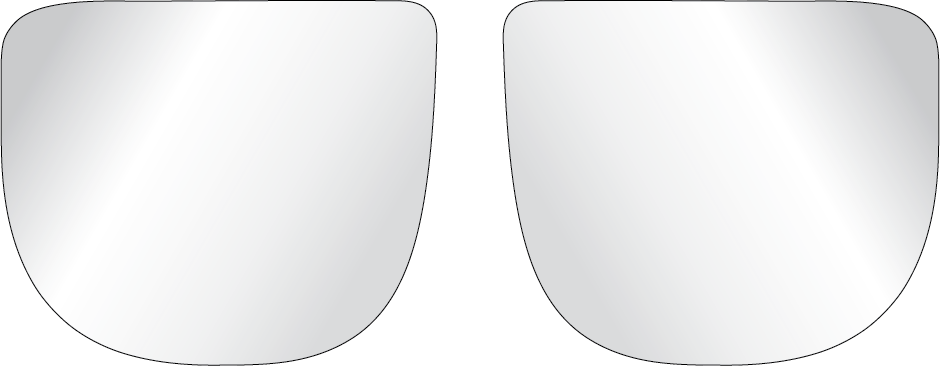
Lightweight and Consumer Ready. Finally, XR/AR waveguides that have been designed from the start for enterprise users who need indoor and outdoor functionality at a cost-effective price point
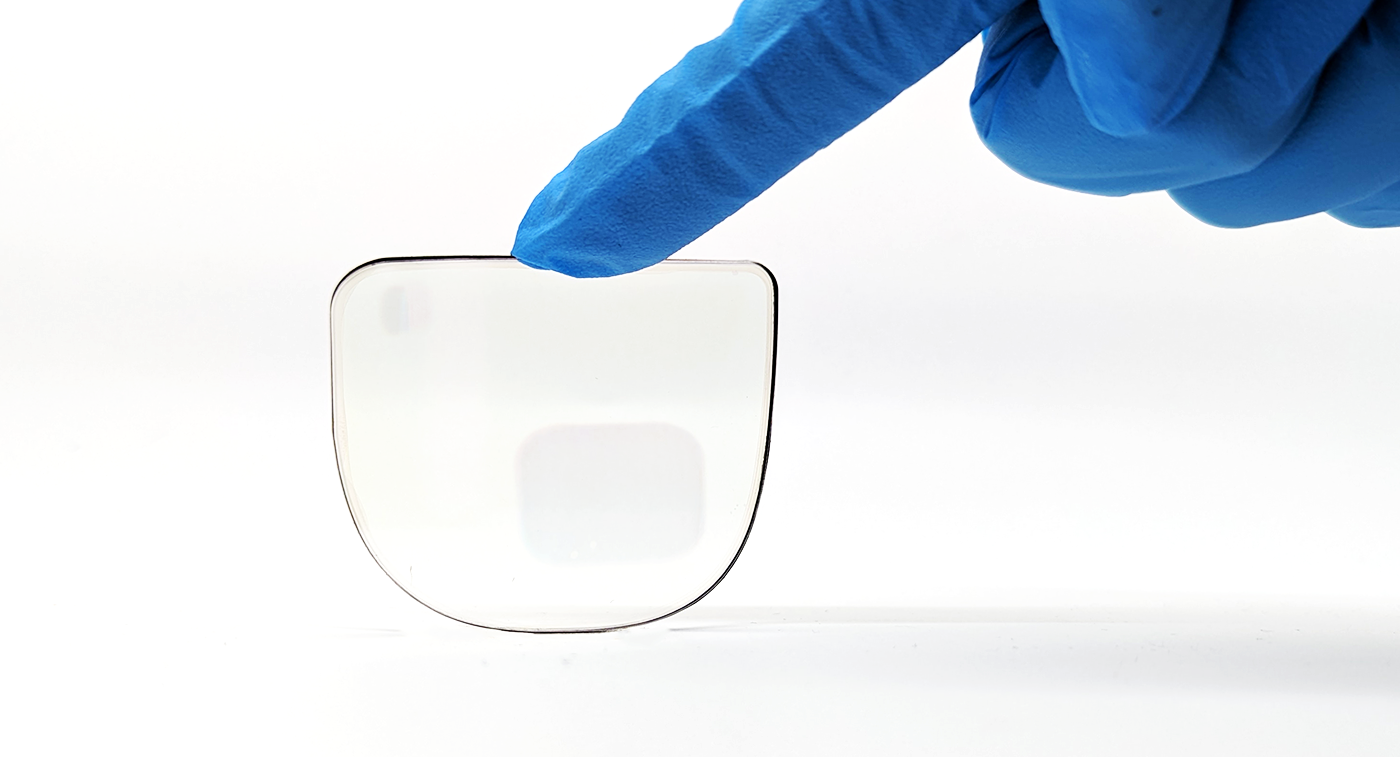
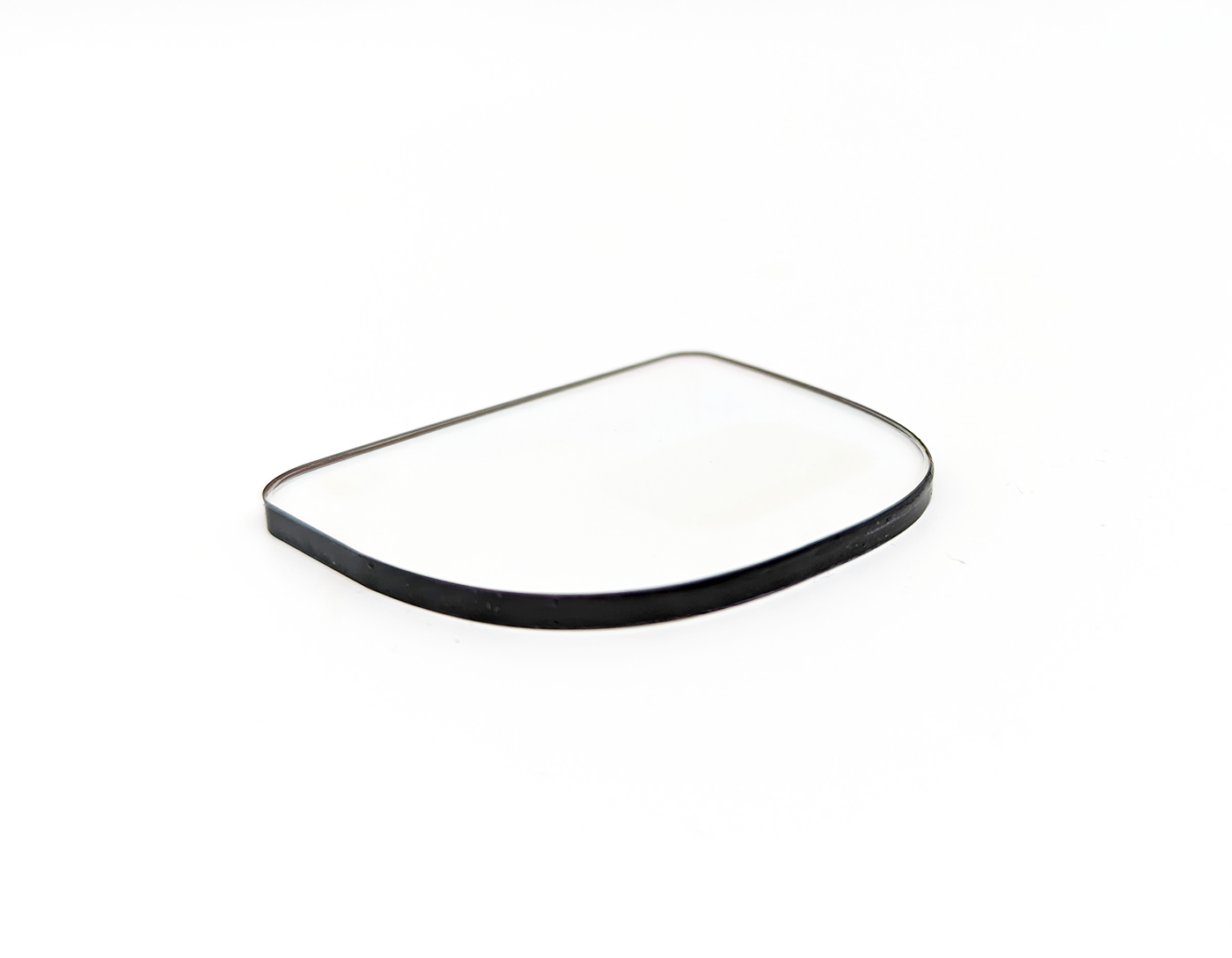
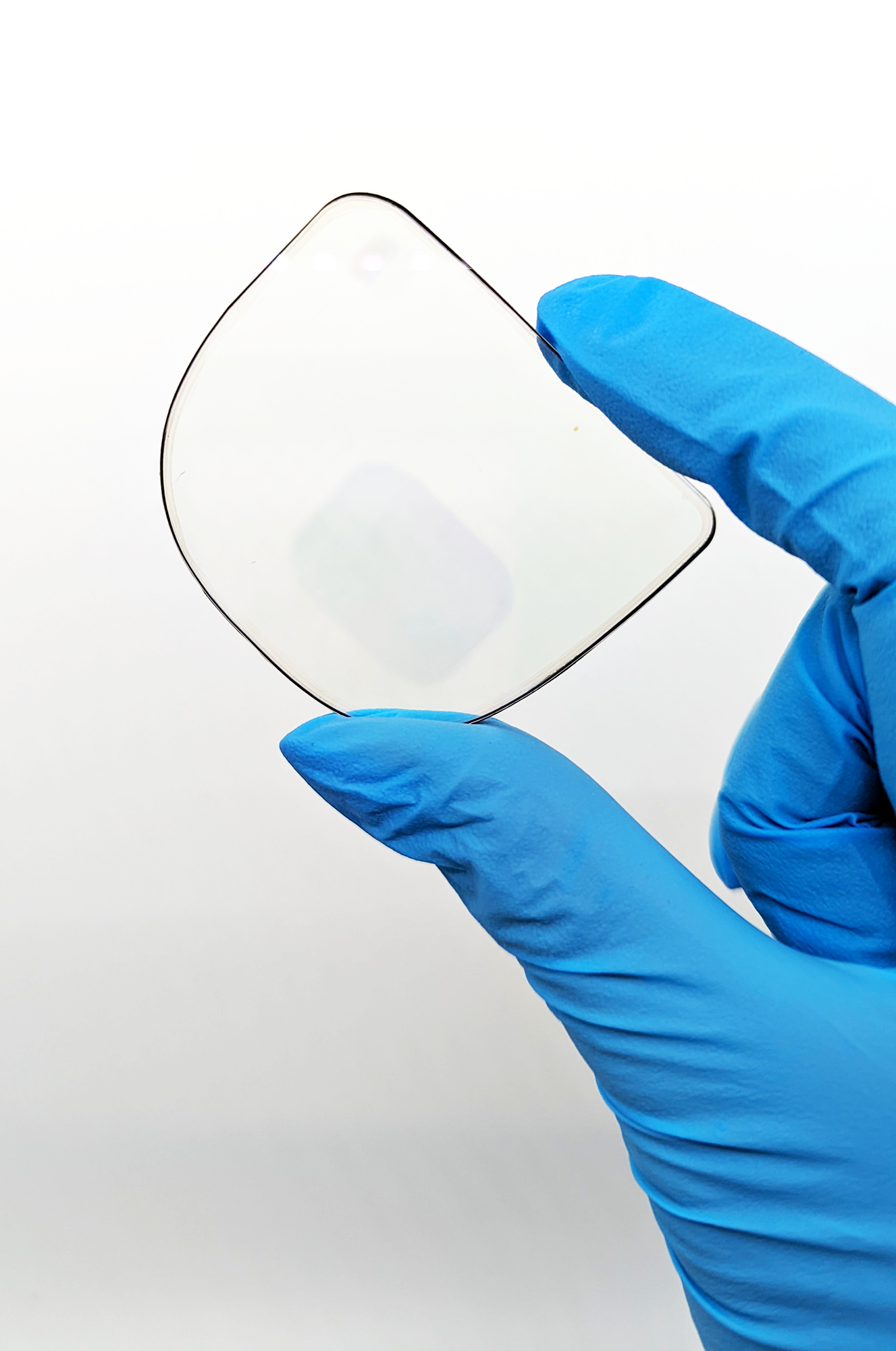

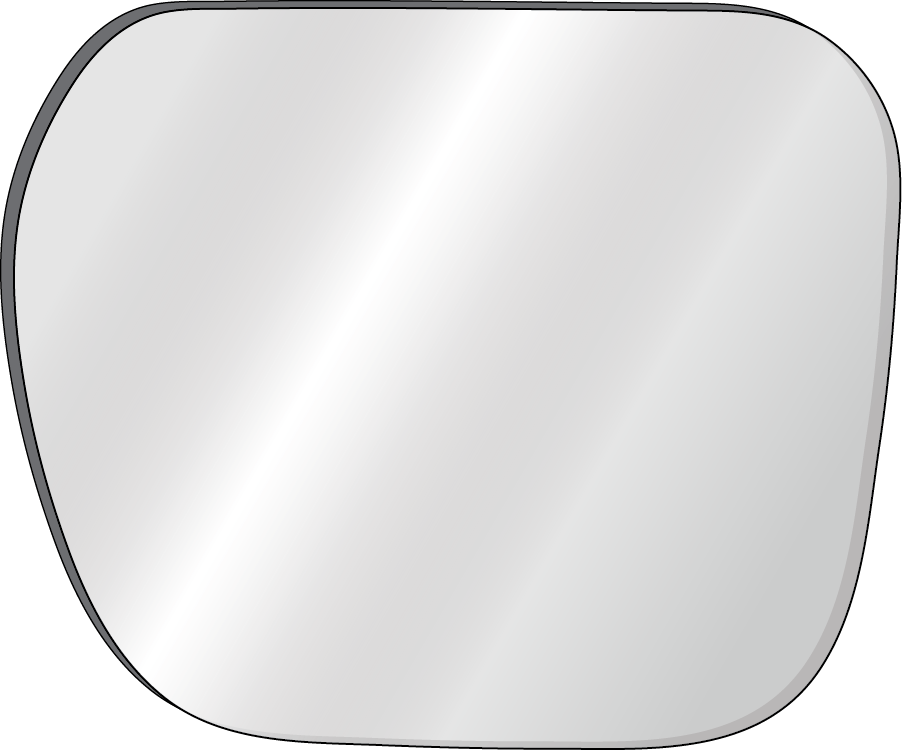
With an efficiency of 350+ nits/lumen averaged over the full FOV, this 50° waveguide is perfect for gaming, entertainment and screen replacement use cases
Plastic Waveguides
The world’s first scalable plastic waveguide is here, enabling high-performance XR/AR smartglasses in a lightweight form factor
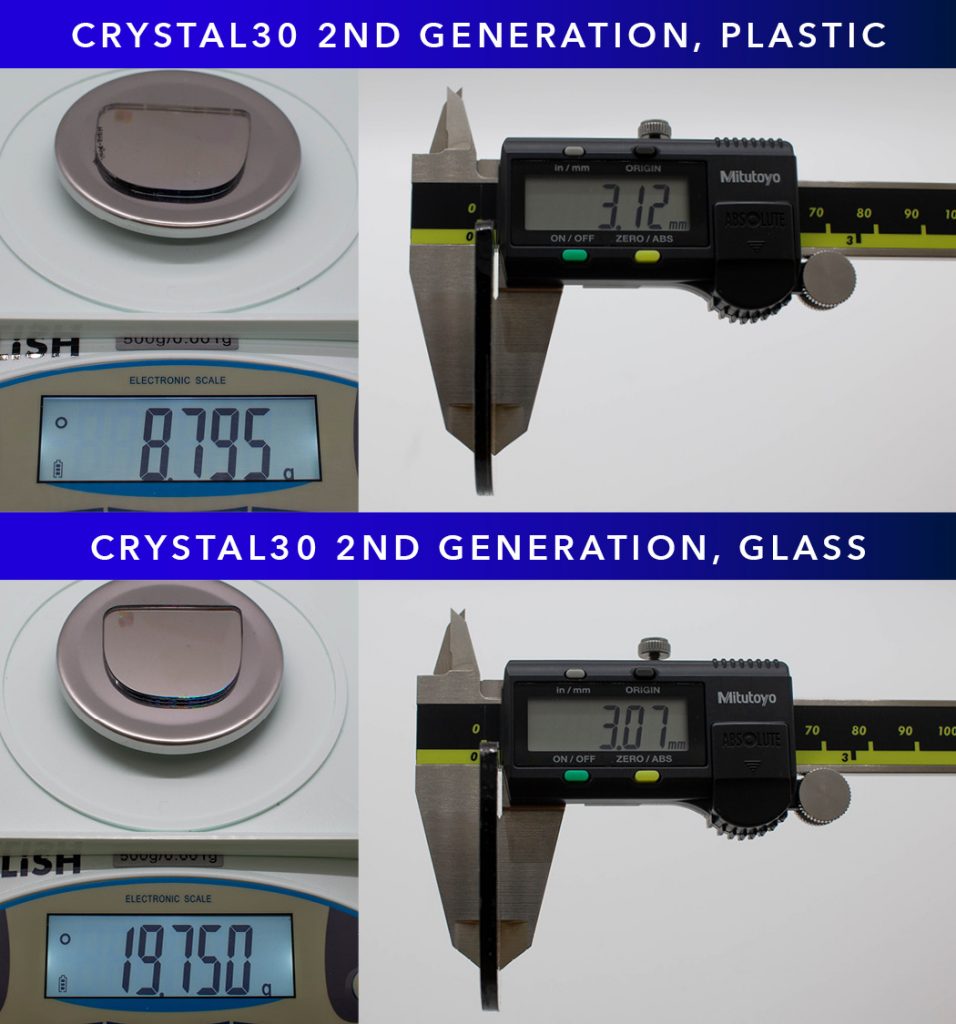
Manufacturing Process
Pairing DigiLens’ materials with our inkjet printing and holographic contact copy process* allows for optimization and quick iteration
What is Eye Glow?
Eye glow, a general side effect of diffractive waveguides, occurs when light is projected awa y from the user’s eyes and is visible to the outside world. High eye glow can be distracting to others, reduce visibility to the user’s eyes, and is typically a sign of lower waveguide efficiency.
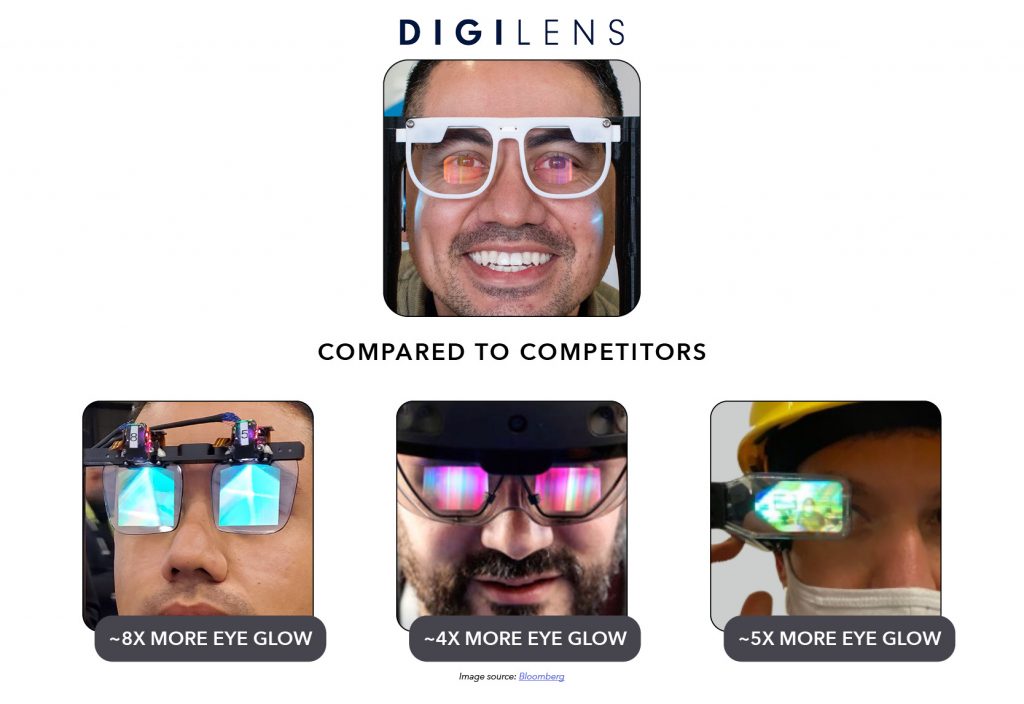
See & Be Seen: Transparency
The biggest difference between a VR headset and true XR/AR glasses is the user’s ability to see the real world around them and for others to see their eyes so that the human connection isn’t lost.

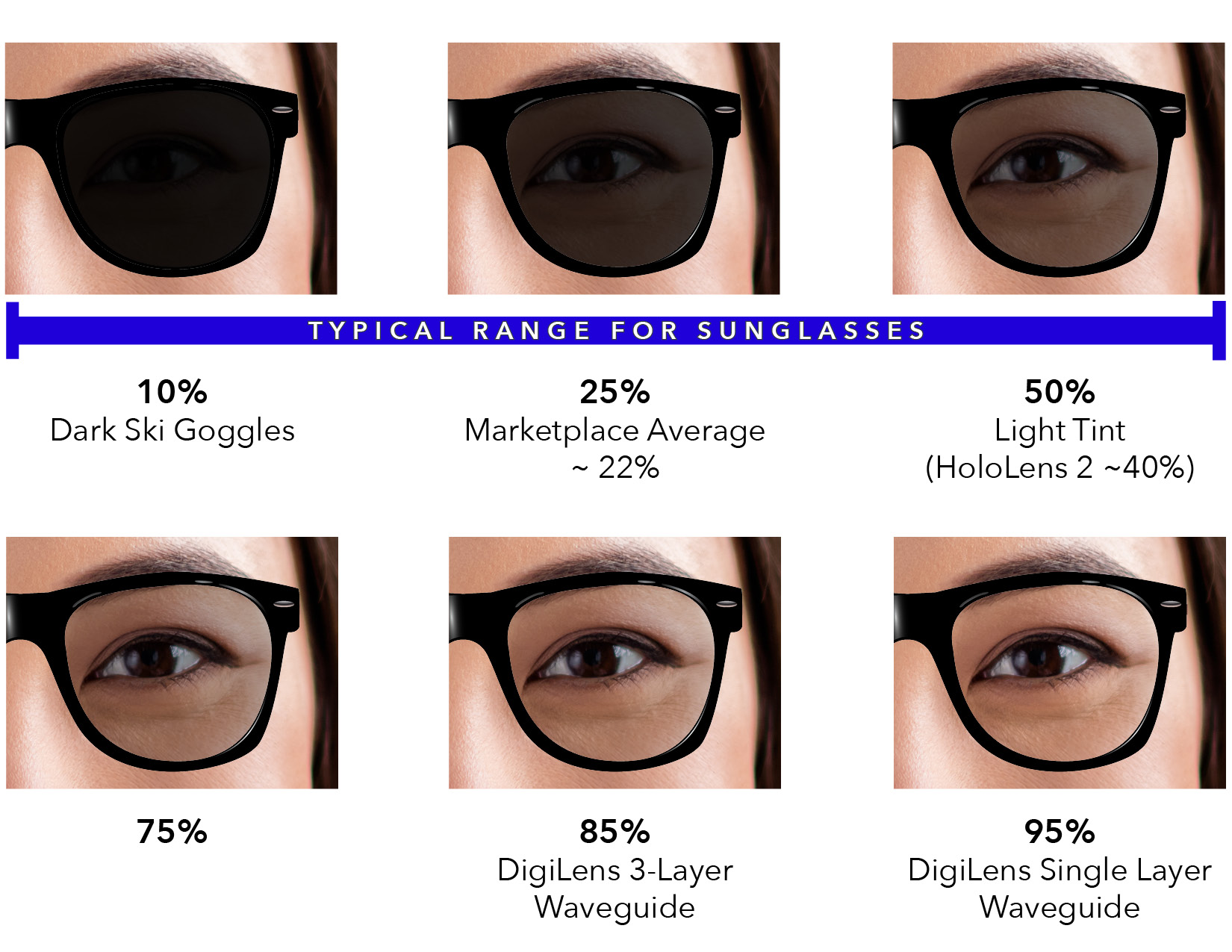
We're focused on how people use and experience our technology. That's why our optics have industry-leading minimal eye glow and transparency for greater social acceptability.